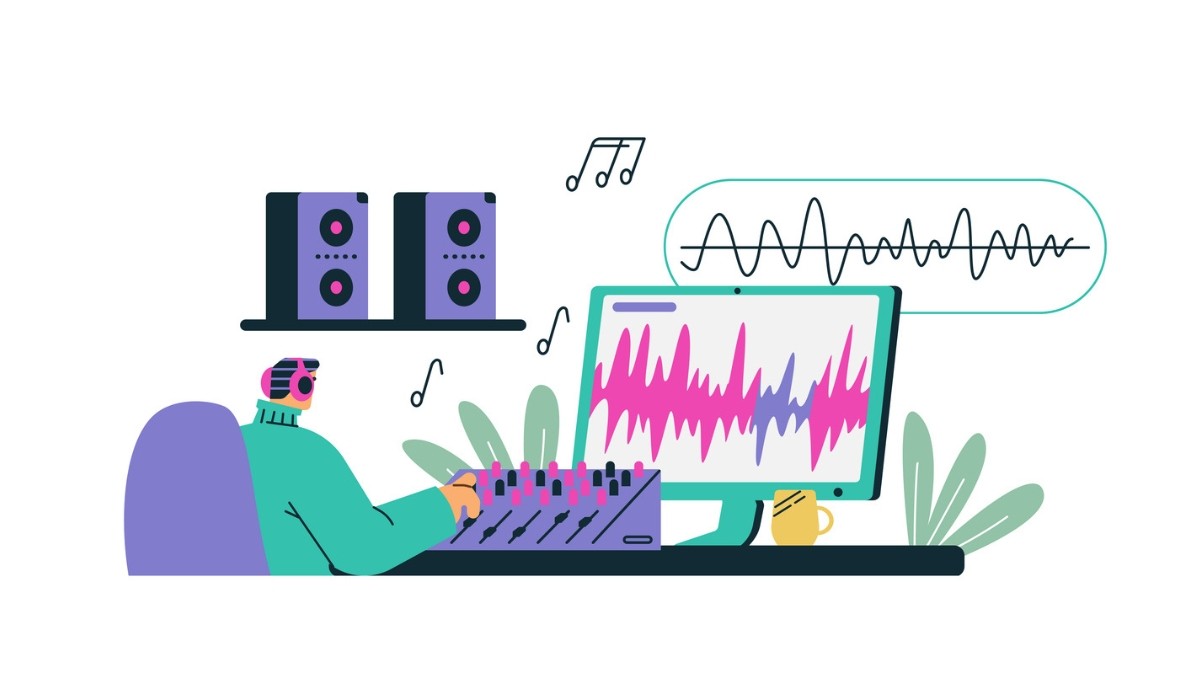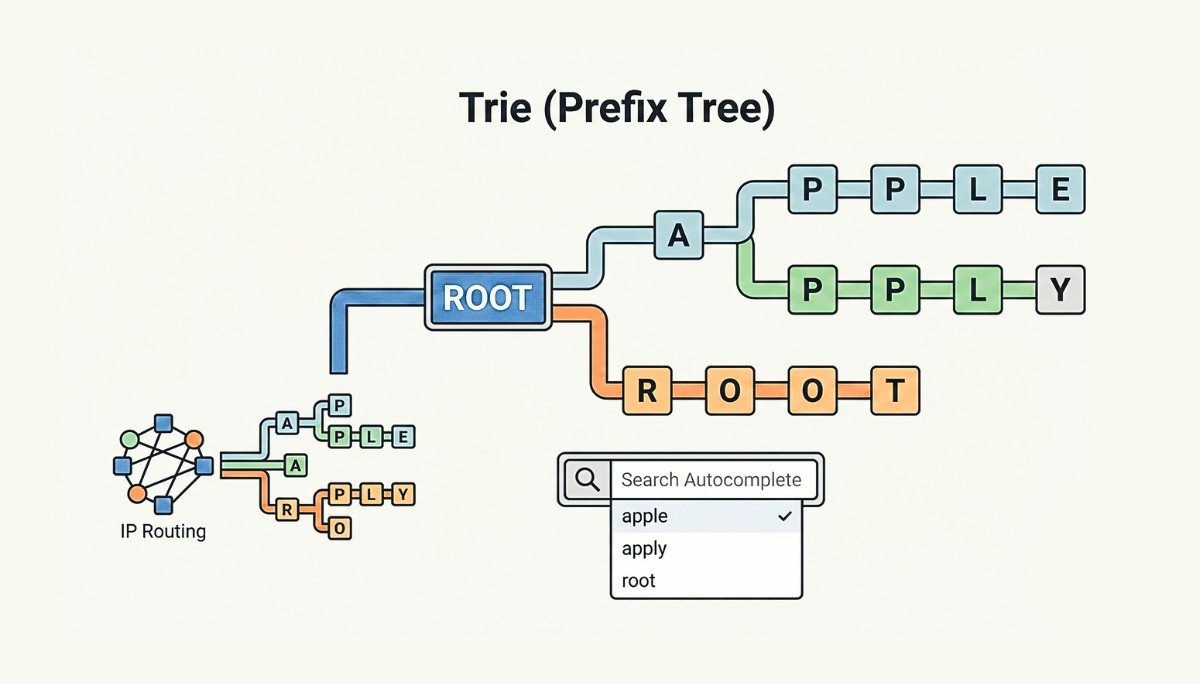What Is a Vibe Coder? The Rise of AI-Powered Flow in Development
By
Liz Fujiwara
•
Aug 6, 2025
Vibe coding uses AI to transform your app ideas into working software by generating code from natural language prompts. Instead of requiring extensive programming knowledge or writing complex lines of code manually, you simply describe what you want your app to do, and the AI brings it to life. This approach not only speeds up development but also makes coding more accessible to a wider audience.
In this article, we will explore what vibe coding is, how it works, and the profound impact it is having on the future of programming. Whether you’re a seasoned developer or a beginner looking to create your first app, understanding vibe coding will open up new possibilities for faster, more intuitive software development.
Key Takeaways
Vibe coding allows users to create software by describing functionality in natural language, making programming accessible to non-coders.
This AI-assisted method streamlines coding processes through stages of code writing, refining, and deployment, significantly reducing project completion times.
While vibe coding democratizes software development, challenges such as security concerns and potential technical debt must be addressed to maintain code quality.
What is Vibe Code?

Vibe coding refers to AI-assisted coding tools that generate software from natural language prompts. Imagine telling an assistant, “I need an app that tracks daily expenses,” and within moments, seeing functional code appear on your screen. This new approach in software development leverages artificial intelligence to transform natural language inputs into working software, making coding accessible to those without formal programming training. It’s like magic, but grounded in the powerful capabilities of modern AI.
The process of vibe coding starts with a simple description of the desired functionality: you describe what you want the software to do, and the AI takes care of the rest. This conversational interface allows users to guide the AI in creating, refining, and debugging applications. Instead of manually writing code, you engage in a dialogue with the AI, providing feedback and making adjustments as needed. It’s a collaborative effort that combines human creativity with AI efficiency.
What makes vibe coding truly revolutionary is its ability to democratize software development. It enables a broader range of people to bring their ideas to life by lowering the barriers to entry. Whether you’re a business professional looking to automate tasks or a hobbyist interested in creating a fun app, vibe coding offers a powerful and intuitive way to turn your vision into reality. It’s coding, but with a vibe that resonates with creativity and accessibility.
How Vibe Coding Works

Vibe coding fundamentally shifts the focus from line-by-line coding to guiding an AI assistant for code generation and debugging. Instead of getting bogged down in the details of syntax and structure, you interact with the AI by describing what you want and refining the output until it meets your needs. This new approach makes coding more intuitive and accessible, even for those without extensive programming experience.
The process of vibe coding can be broken down into three main stages: writing code with AI tools, refining the generated code, and deploying the applications. Each stage involves a different aspect of interaction with the AI, from the initial creation of code to making adjustments and finally bringing the application to life. Understanding these stages helps highlight the efficiency and flexibility that vibe coding offers.
Writing Code with AI Tools
The journey of vibe coding begins with the initial step of writing code using AI tools. The process involves:
Opening a project file in your Integrated Development Environment (IDE).
Describing what you want to build in natural language.
Providing a description, after which the AI generates the necessary code and files.
The AI places the generated code and files directly into your project.
Often, you receive a live preview of the application, allowing you to see the results of your input in real time. Additionally, you can write code to further improve your project.
This initial phase is all about using AI to produce code quickly and efficiently. The AI tools act as powerful assistants, interpreting your prompts and generating functional code snippets that form the foundation of your application with the help of AI assistance. You can easily incorporate these snippets into your low-code project, including any code written during the process.
It’s like having a pair programmer who never tires, always ready to turn your ideas into actual code. This stage sets the tone for the rest of the vibe coding process, making it clear that you’re in control and guiding the AI to create exactly what you envision.
Refining Generated Code
Once the initial code is generated, the next step is refining it to meet your specific requirements. This involves making visual changes, adding or modifying features, and introducing new logic to enhance the application’s functionality. You can request adjustments and improvements, and the AI will modify the code accordingly. Providing feedback is crucial during this stage, as it helps fine-tune the app blueprint, including features, style guidelines, and the technology stack.
Creating unit tests during the refinement process ensures that the generated code is production quality. These tests help identify issues and verify that the code works as intended.
The iterative process of modifying and enhancing the code, adding features, and introducing error handling ensures a robust and reliable application. This stage focuses on collaboration and iteration, working with the AI to perfect the code and create a polished final product.
Deploying Applications
After refining the code, the final stage is deploying the application. This process is often streamlined, offering one-click deployment options that make it easy to bring your app to life. Tools like Firebase Studio allow users to deploy their web apps quickly and efficiently, often with just a single click. This means you can go from idea to a live app in a fraction of the time it would take using traditional software development methods.
The deployment stage is where all your hard work and collaboration with the AI come to fruition. You get an interactive preview of the application, and once everything looks good, you can deploy it to the web or other platforms.
This streamlined process not only saves time but also reduces the complexity and stress often associated with deploying applications. It’s the final step in the vibe coding journey, bringing your vision to life and making it available to the world.
Vibe Coding vs Traditional Programming

Vibe coding and traditional programming offer two distinct approaches to software development, each with its advantages and challenges. Vibe coding can be faster for prototyping simpler tasks, providing a more efficient method than traditional programming. This is especially valuable for projects requiring rapid ideation and iteration. Vibe coding operates on two levels: the low-level iterative loop for refining code, and the high-level lifecycle for building and deploying a complete application.
Challenges and concerns related to AI-generated and vibe coding include:
Increased technical debt makes long-term maintenance more difficult compared to manually written code.
Code quality issues such as understanding, accountability, undetected bugs, and security vulnerabilities.
Debugging difficulties due to dynamic code variations and limited developer familiarity with syntax and concepts.
Generative AI struggles with complex problems like multi-file projects and poorly documented libraries.
Despite these challenges, vibe coding is shifting the role of developers toward focusing more on problem definition and evaluating AI-generated solutions rather than just writing code. Developers are encouraged to engage AI in explaining code and architecture, fostering a deeper understanding of how applications function.
As vibe coding evolves, developers prioritize critiquing AI-generated solutions over traditional coding tasks. This paradigm shift marks a significant change in the software development landscape, emphasizing collaboration and innovation.
Choosing the Right Vibe Coding Tool
Selecting the right vibe coding tool is crucial for the success of your project. Consider the following factors:
The complexity of your project and your level of expertise will influence the features and functionality you need.
Ease of use is paramount for beginners, who benefit from guided interfaces and straightforward functionalities.
Professional developers may require more advanced features to ensure code quality and efficiency.
Beginner-Friendly Tools
Vibe coding has a lower entry barrier, allowing individuals without formal programming training to successfully create applications. Beginner-friendly tools are designed to be easy to use, featuring guided interfaces that simplify the software creation process. These tools are ideal for rapid prototyping and small projects, providing the fastest path from idea to working prototype. Tools like Cursor Composer, which uses a simple text box to describe functionality, make it easy for anyone to get started with vibe coding.
Feedback can be provided to refine the entire app blueprint, including the application’s features and technology stack. This iterative process ensures that even beginners can create functional and valuable software quickly.
These tools are perfect for throwaway weekend projects or small business ideas, where speed and ease of use matter more than complex functionality.
Advanced Tools for Professional Developers
For professional developers, advanced AI coding tools offer features that enhance productivity and code quality. GitHub Copilot, for example, provides context-aware code completions and suggestions based on the developer’s existing code, making it easier to build complex applications. Qodo excels in generating automated test cases, helping developers ensure their code is reliable and well-tested, an essential aspect of maintaining code quality in complex projects.
Utilizing advanced AI tools like GitHub Copilot and Qodo significantly boosts developer efficiency and supports high-quality software development. These tools are designed to assist experienced developers in building and maintaining functional software. They are indispensable for app development and other complex software engineering tasks.
Real-World Applications of Vibe Coding

Vibe coding is already making a significant impact in the real world, as it has a wide range of applications. For instance, SummedUp.ai automates the summarization of extensive documents, providing time-saving solutions that have proven valuable for users across various professional sectors. Similarly, AI-driven bot generators are becoming essential for businesses, allowing even non-coders to create tools for automation and customer interaction with minimal effort.
Curiosity Quench demonstrates how an app centered around personal exploration can quickly gain traction and users, showcasing the community’s preference for value-driven features. SecretNameGame.com highlights how engaging social sharing apps can profit by creating viral loops and utilizing in-app purchases alongside ad revenue. These examples illustrate the diverse range of applications created using vibe coding, from business tools to social platforms.
Platforms like FindAsks use AI to match business needs with customer inquiries found on social media, significantly lowering entry barriers for new entrepreneurs. Viral utility sites like Remove.bg generate substantial income by solving specific user problems and effectively utilizing ad revenue and subscription models.
Vibe coding is transforming how applications are developed by providing accessible tools that cater to various domains. It enables users to create software within hours or days, significantly faster than traditional methods.
Benefits of Vibe Coding

Vibe coding offers numerous benefits that make it an attractive option for both novice and experienced developers. One of its most significant advantages is facilitating rapid ideation, which is especially suited for projects that prioritize speed and experimentation. By 2030, vibe coding is expected to enable 25% of startups to produce most of their code using AI, reducing project completion times by as much as 55%. This time reduction can be a game-changer for startups and businesses aiming to bring their products to market quickly.
Another key benefit is the lowered barrier to entry. Vibe coding allows individuals with limited programming knowledge to participate in software development, making it more inclusive and accessible. Tools like AskCodi provide a user-friendly experience by answering coding questions in natural language, helping beginners better understand programming concepts.
By merging automation with creativity, vibe coding promotes a dynamic environment where developers can quickly iterate on features and focus on higher-level design and architecture, improving long-term project scalability.
Challenges and Considerations
While vibe coding presents exciting opportunities, it also comes with its own set of challenges and considerations. One major concern is security, which includes:
AI-generated code may lack optimal security measures and can introduce vulnerabilities such as inadequate input validation and the use of outdated or insecure libraries.
The risk of hardcoded credentials.
Insufficient authentication checks can expose sensitive information and lead to unauthorized access.
Another consideration is the potential for AI models to unintentionally transmit sensitive context to cloud services, raising data privacy concerns, especially due to unexpected changes. Conducting thorough testing after every modification and using advanced security scanning features integrated into tools like Amazon CodeWhisperer can help mitigate these risks.
Additionally, employing version control tools like GitHub helps maintain a history of changes and facilitates easy reversion if necessary. Being proactive in addressing these challenges is crucial for maintaining secure and reliable applications.
Best Practices for Effective Vibe Coding
Following best practices is essential to maximize the benefits of vibe coding. One effective approach includes:
Asking the AI for a strategy before starting to code, and encouraging simpler solutions to complex problems.
Breaking tasks into smaller, manageable steps to prevent the AI from becoming overwhelmed and to simplify the testing process.
Using visual aids, such as screenshots, to enhance the AI’s understanding of design specifications and debugging needs.
Leveraging voice dictation software to create a more engaging and fluid coding experience with AI.
Maintaining a straightforward tech stack described in plain English to minimize complications and reduce the likelihood of errors in your applications.
As vibe coding matures, coding bootcamps are adapting their curricula to teach both traditional coding skills and effective AI collaboration techniques. Adopting these best practices can help developers create high-quality software efficiently and effectively.
Future Trends in Vibe Coding
The future of vibe coding is bright, with advancements in AI models significantly enhancing its efficiency and capabilities. These advancements include:
More accurate code generation from natural language prompts.
Integration of complex algorithms that improve understanding of context and intent, enhancing the responsiveness of coding tools.
Utilization of machine learning techniques that continuously adapt based on user interactions.
Personalized coding assistance resulting from adaptive AI models.
As coding tools evolve, we will see an increase in new features such as automatic debugging, allowing for more seamless integration for software engineers. User-friendly interfaces will cater to both novice programmers and experienced developers, streamlining the coding process across various programming languages.
The rise of collaborative coding environments powered by Vibe coding technology will facilitate:
Team collaboration and real-time project sharing.
A growing emphasis on security and ethical considerations, driving the development of tools that promote safe coding practices.
Innovations in cloud computing and remote coding platforms enable developers to code from anywhere and share their work effortlessly.
Summary
Vibe coding represents a paradigm shift in software development, making coding more accessible, efficient, and collaborative. By leveraging AI to generate code from natural language prompts, it lowers barriers to entry and allows a broader range of people to participate in software development. From writing and refining code to deploying applications, vibe coding streamlines the entire process, making it faster and more intuitive.
While challenges and considerations remain, such as security vulnerabilities and the need for thorough testing, the benefits of vibe coding are undeniable. As AI models continue to evolve and improve, the future of vibe coding looks promising. It offers a dynamic environment where developers can focus on higher-level design and architecture, promoting innovation and creativity. Embracing vibe coding can transform how we approach software development, paving the way for a more inclusive and efficient future.




